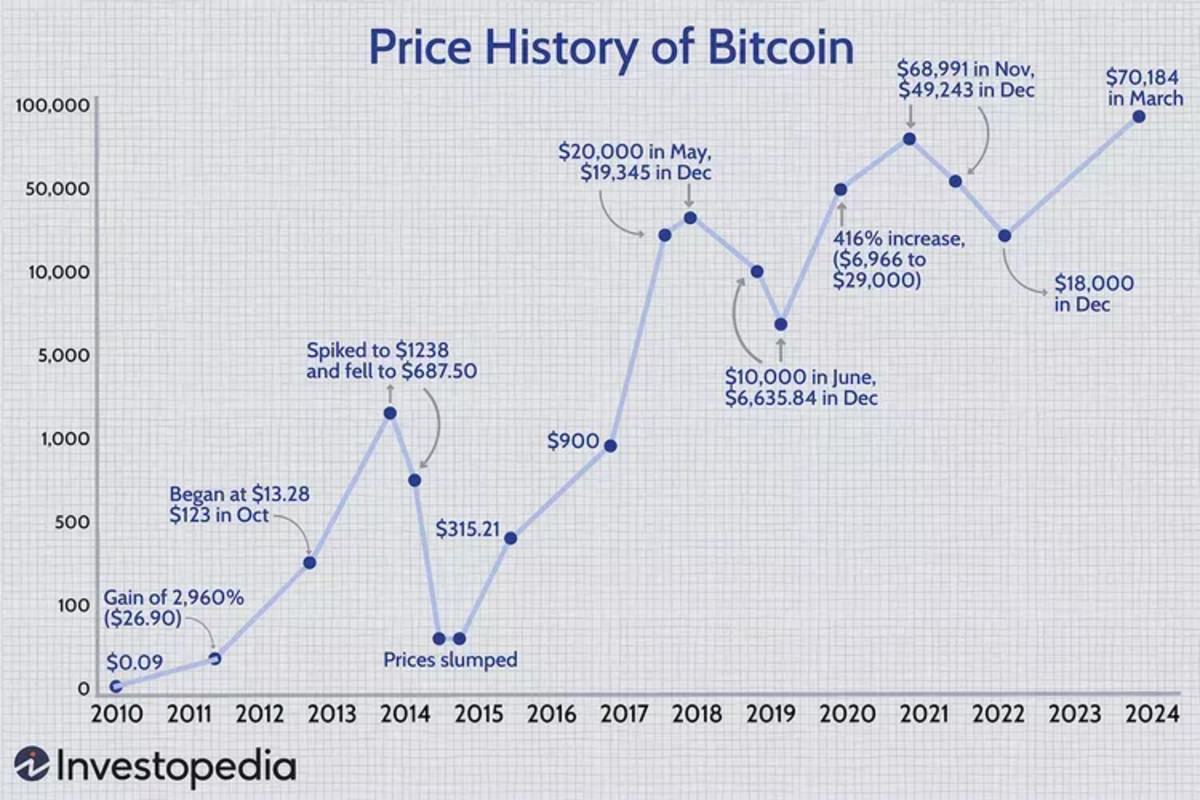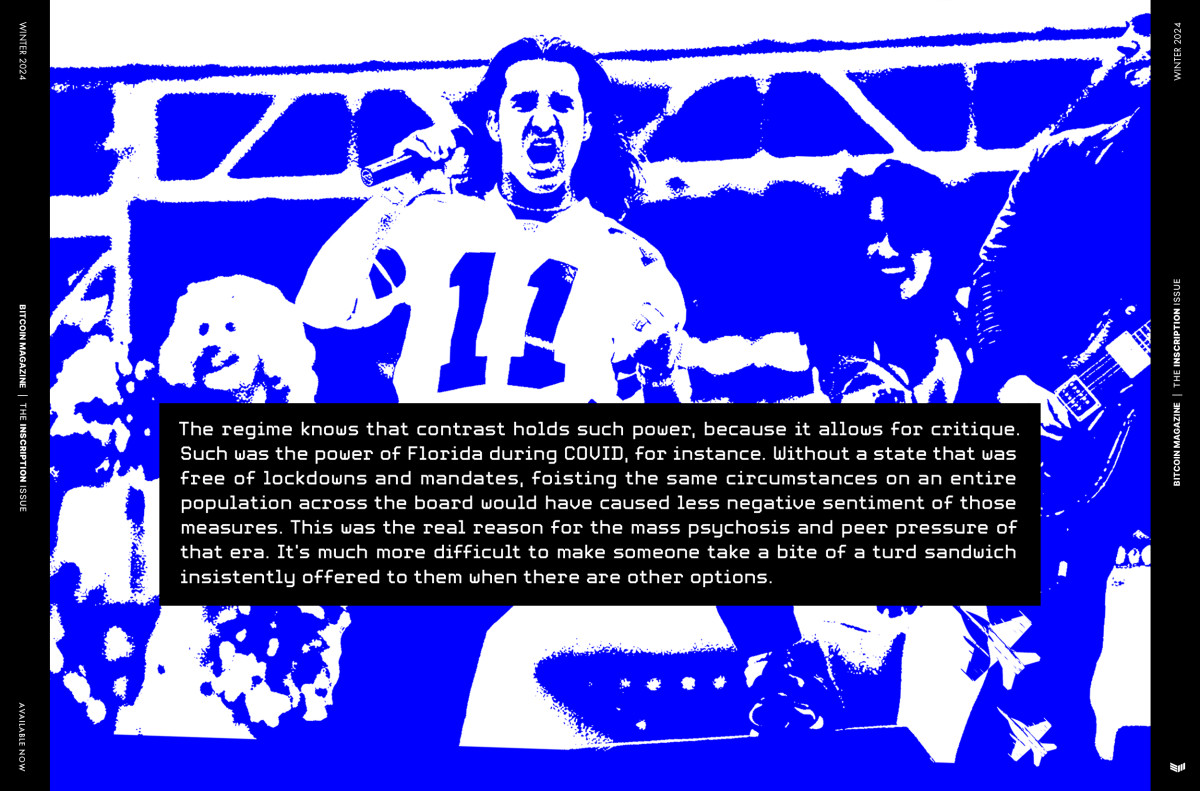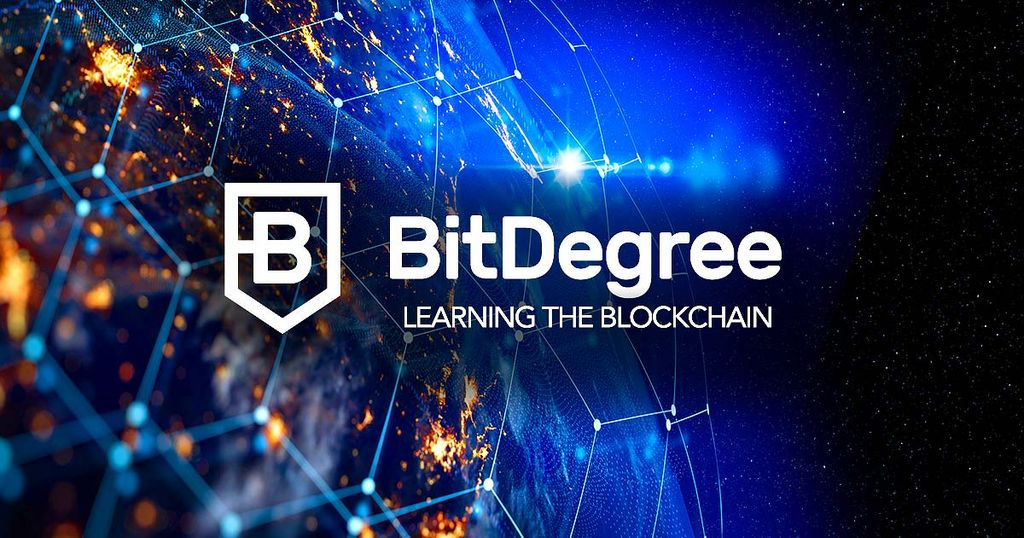Craig Wright’s analysis and debunking of long-standing Satoshi claims

The following is an excerpt from the latest edition of Bitcoin Magazine Pro, Bitcoin Magazine’s premium markets newsletter. To be the first to get these insights and other on-chain Bitcoin market analysis delivered to your inbox, Subscribe now.

After a lengthy legal battle, the High Court in London has officially decided that Australian computer scientist Craig Wright is not Satoshi Nakamoto, the pseudonymous creator of Bitcoin.
One of the biggest mysteries since the Bitcoin community began has a lot to do with the beginning itself. Who is Satoshi Nakamoto? This pseudonym is all we have to go on to verify the identity of the developers who created Bitcoin, including writing white papers, mining genesis blocks, performing transactions, and communicating with people in the crypto community before Bitcoin. But when Bitcoin began to receive very little recognition from the wider world, he officially gave up all control over Bitcoin as a project and disappeared. In the years since, there have been many attempts to uncover Satoshi’s identity, but they have yielded nothing.
But community members weren’t just trying to unmask Satoshi from an outsider’s perspective. There have also been efforts by various people to publicly claim that they are, in fact, the true creators of Bitcoin. One person who particularly stands out in this regard is software developer Craig Wright. He made this bold statement in 2016 and has been ridiculed for years by prominent members of the Bitcoin community. Wright fought his detractors through lawsuits, but was repeatedly defeated on this front. Nonetheless, the threat of a defamation lawsuit has been a persistent specter over media coverage of Wright’s eight-year claims, and as a result many of his actions have been underreported.
Ultimately, this suffocating atmosphere led the Cryptocurrency Open Patent Alliance (COPA) to take a bold step in 2021, suing Wright in a UK court to seek a ruling on whether he owns the copyright ownership of the Bitcoin white paper. Although a British court ruled against Wright’s Satoshi claims in an unrelated COPA case, this legal battle has, for understandable reasons, not surfaced much in public discourse since its first filing. Wright’s legal team presented settlement options, but ultimately COPA rejected all of them, reasoning that such a settlement would require implicit acceptance of his claims. If Craig Wright were just a fraudster, he would ultimately be powerless to make any concessions about the nature of Bitcoin ownership. After years of apparent holding patterns, the trial began in February 2024.
A particularly notable tactic used “repeatedly” by Wright’s team is that if Wright is not in fact Satoshi Nakamoto, then the real Satoshi must unmask himself to definitively disprove the claim. Above all, this particular claim has sparked a lot of interest in Satoshi’s identity. For example, as the trial approaches in January 2024, a major media site reports that nearly $1 million worth of Bitcoin was transferred from an anonymous source to Satoshi’s wallet, which may lead to the Bitcoin creator revealing himself. has come out. The uproar over the incident sparked rampant speculation after an image macro began circulating claiming that the characters of two simplified Japanese characters, katakana and hiragana, would be pronounced “Satoshi Nakamoto” while resembling the English letters of popular Satoshi candidate Hal’s name. It continued. Finny.
Even though Bitcoin was created by code-breaking and cryptography enthusiasts, this claim is somewhat vague. Because you have to randomly mix and match two different Japanese scripts. For example, the syllable “to” in Satoshi is in a different alphabet than the same syllable in Nakamoto, and there seems to be no set rule for when these two writing systems are replaced. Nonetheless, Hal Finney has been dead since 2014, which explains why Satoshi remained silent when Bitcoin was extremely blossoming over the past decade.

At the very least, new speculation of this nature was a clear sign that the trial had captured the collective imagination of Bitcoin users on the topic. This was a major concern at the time when several early developers and Bitcoin collaborators began submitting their private correspondence with Satoshi to the public record to use as evidence. Adam Back, developer of the ’90s “Hashcash” protocol, which directly inspired the Bitcoin mining algorithm, published a brief email correspondence initiated by Satoshi, in which the two discussed Bitcoin and hash. We discussed the relevance of Hashcash. On the other hand, early collaborator Martii “Sirius” Malmi revealed far more emails on a wide range of topics, totaling 120 pages. The email provided new insight into the personality of Bitcoin’s creator, something that would never have been revealed without the criminal case.
In any case, upon the conclusion of the trial, Judge James Mallor issued an immediate ruling on Wright’s claims, citing “overwhelming evidence.” COPA independently released some evidence against Wright, including a particularly damning accusation that he used ChatGPT to falsify documents on an “industrial scale.” COPA’s legal team accused Wright of “a massive campaign of dishonesty and forgery.” ) into a farce,” he added, alleging that Wright actively fabricated new documents during the five-week trial. Mallor claimed he would explain his reasons in more detail later, but the actual ruling was clear. Craig Wright is not Satoshi, he is not the author of the white paper, and he did not create Bitcoin or its software.
The importance of this ruling is clear for two main reasons. Not only does this prevent Wright from continuing his years-long practice of initiating defamation lawsuits against individuals and media outlets who deny his Satoshi claims, but it also prevents Wright from suing the developer based on them. Due to copyright infringement. This “chilling effect” on active Bitcoin developers is the main reason COPA decided to join this fight. Otherwise, having solid legal precedent will make it much easier to dismiss similar claims in the future. COPA filed a purely civil lawsuit against Wright, which is unlikely to result in direct financial compensation and certainly not jail time. However, the full written judgment has not yet been made public.
Craig Wright’s extended campaign to prove that he is the real Satoshi Nakamoto has turned into one of the long-running features of the Bitcoin space, even though he has been under scrutiny for a long time. About half of Bitcoin’s entire lifespan has included Wright as a figure, reemerging from time to time to aggressively defend his “reputation and intellectual property” as the true genius behind Bitcoin. How he will personally take this new defeat in his mission is anyone’s guess. Will he quietly retreat from the scene? Will he continue to fight other legal battles on this topic in other jurisdictions? Will the UK’s legal system somehow convict him of these actions?
It’s unclear whether we’ll ever be able to definitively close the book on Craig Wright after this loss. Nonetheless, it is important to consider how this entire incident sparked interest in the origins of Bitcoin. Bitcoin has grown unimaginably since Satoshi Nakamoto first disappeared, and questions about his true identity will seem completely ignored next to billions of dollars flowing into new Bitcoin ETFs or other decidedly 2024 market factors. can. But Bitcoin’s early days still dominate our community, and this trial created an opportunity for enthusiasts to scrutinize and discuss Satoshi’s wealth of new material.
So the question is not “Who is Satoshi Nakamoto?” but rather “Where did Bitcoin come from?” Ultimately, understanding Bitcoin’s humble origins is critical to understanding its bright future. Even if the world of Bitcoin has been irrevocably changed by its newfound acceptance by financial institutions, there are still basics to remember. Bitcoin will always be decentralized and will always be a currency. Our goal is not simply to make speculative investments and win fiat money, but to fundamentally shake up the fiat world. There’s no telling how much Bitcoin can develop as long as we keep watching.



